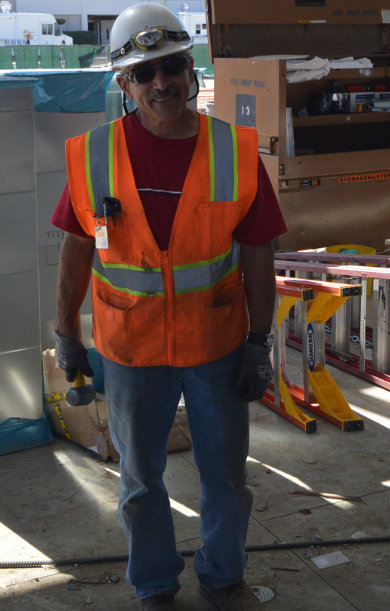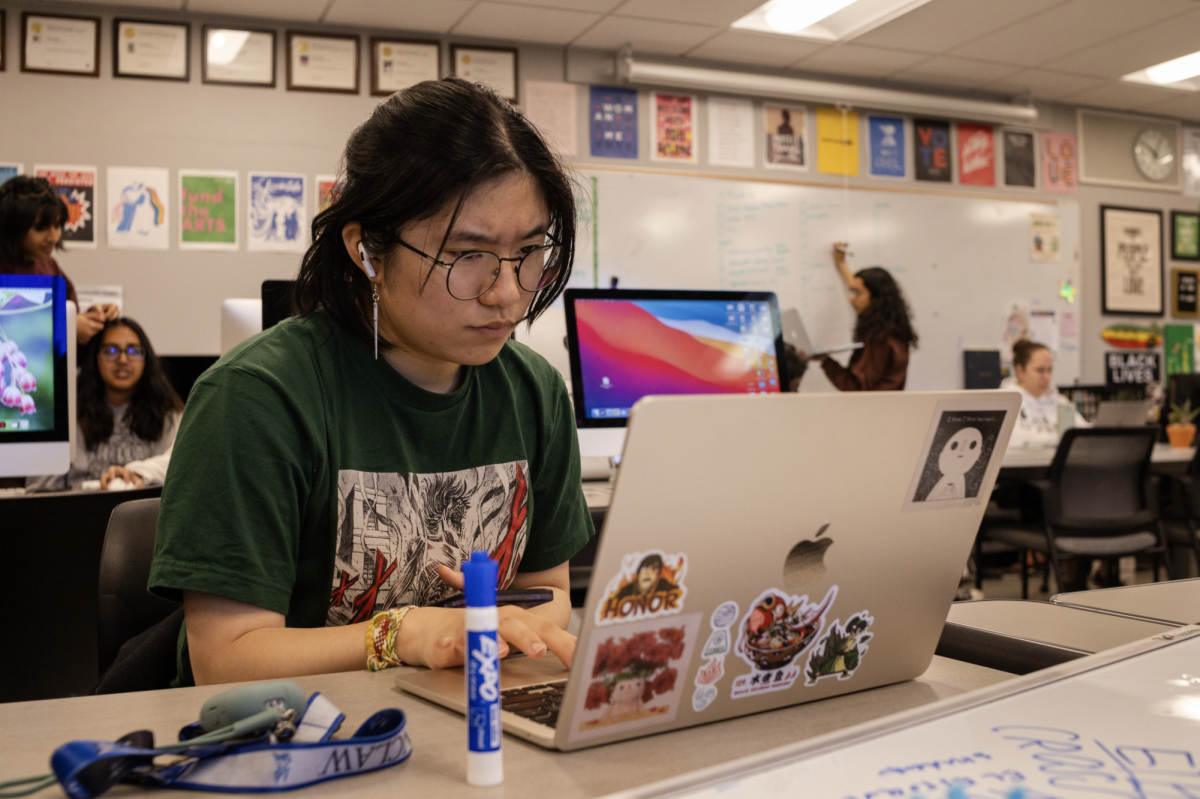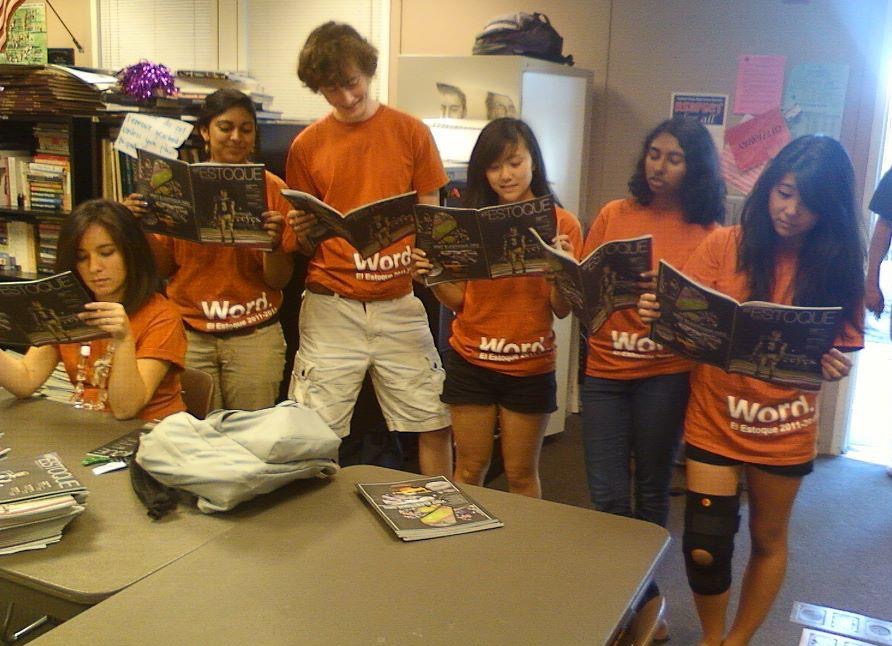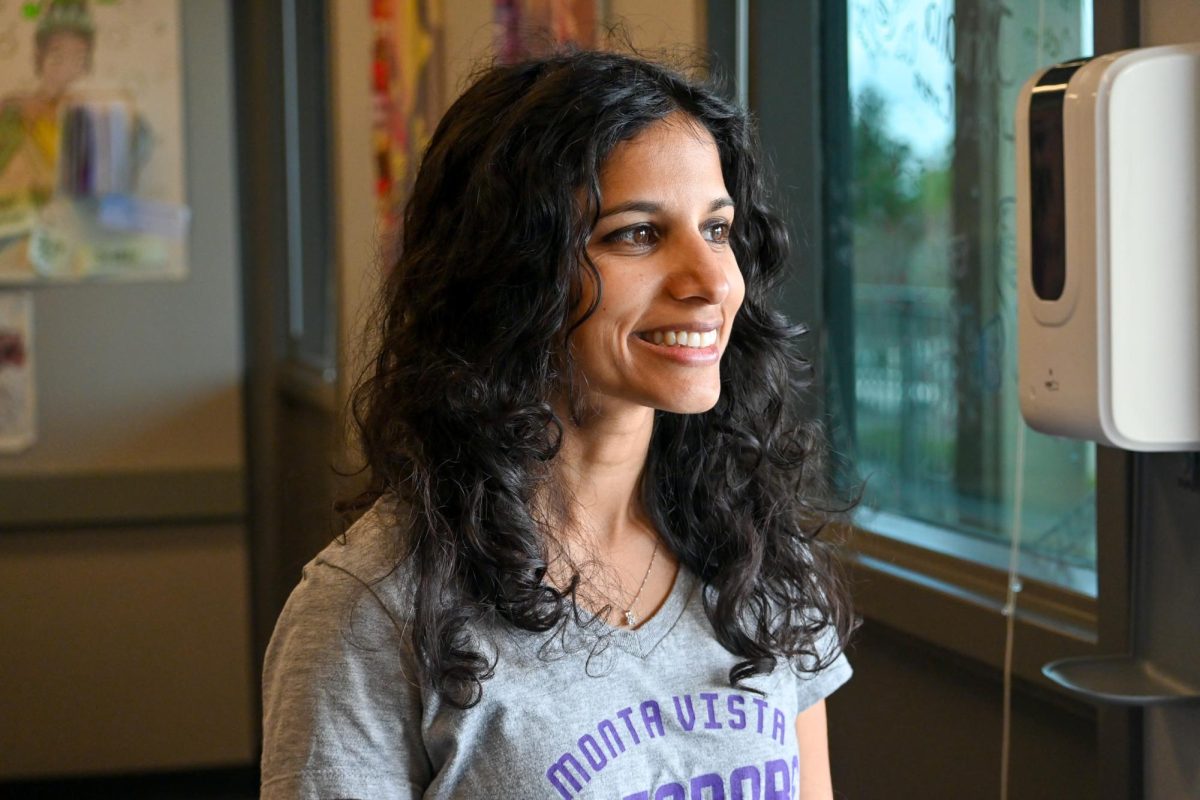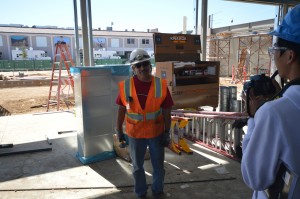 John Folse
John Folse
Q: What does your job specifically involve?
We’re doing all the raceway (channels to contain wiring and cables) for lightning, plugs, AV, phone, data and security. We put in all the pipe, all the raceway, and then our [subcontractors], the low voltage contractors … they’ll all come and pull their wire after. After that it’s all sheetrock and painted; they’ll all come in and bring in security devices, phone, data, plugs, whatever. So we do a lot of the infrastructure … and then we also do all the lighting and the power.
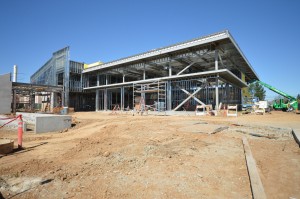
Q: What do you normally do in a regular workday?
[We’re] installing HVAC (Heating, Ventilation, and Air Conditioning) equipment and ductwork and making sure you guys have good air conditioning … oh, and a lot of hard work, too.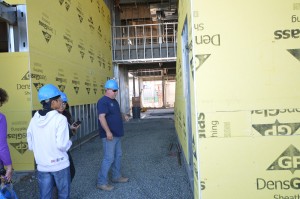
Q: What does your job as superintendent of the construction project involve?
I’m the orchestrator. I’m the guy who stands at the podium and waves his hands around, and I make schedules like … a six-week work-ahead schedule. And this basically shows the tasks that we’re going to be doing, with the dates and an easy little chart. I meet with the foreman of each company that’s on the project weekly, in a subcontractor coordination meeting, and we review the tasks and we review the timelines … when they’re expected to start, the duration of how long it takes and when they’re going to be done … And we correlate this together with the master schedule that my project manager and I update every month. We make sure our six-week work-ahead schedule matches our master schedule, so we finish when we’re supposed to finish.
“I’m the orchestrator. I’m the guy who stands at the podium and waves his hands around.”
Looming tall over the shrunken Rally Court stands a massive tangle of steel and concrete covered in yellow paper. Everyday, students skirt around the giant construction project which occupies the space where the bus circle and cafeteria used to be. But what makes this construction possible and on schedule, is a workforce that operates behind a wired fence not many students get to see past.
Doug Hammer, the superintendent of the construction project, coordinates the different subcontractors working on site like an orchestrator leading his musicians in a symphony. Hammer is constantly looking ahead to see what tasks need to be accomplished and what needs to be done to make that happen. The logistics of this process are crucial, as the construction of the new complex is a constantly-changing affair according to Hammer.
“We can all be in different areas at the same time; and if we look at the master schedule and the six-week , as tasks fall off, people will come in behind them but we will also schedule the tasks ahead of them,” Hammer said.
The construction workers engage in a variety of different tasks to build the future complex that will contain the new cafeteria and redesigned physics classrooms. Some workers, like John Folse, have been working since the beginning of the project in order to do preparatory work for their job.
“I started May 1 [of 2012], to move in and start detailing everything that went underground… so there was a lot of [preparation] to see how we would route [things],” Folse said.
Unlike Folse, most other workers and their respective subcontractor arrive on site, and work for two weeks or so until their specific job is done. Most of the them begin their job in the early morning long before any students arrive at school.
“All the other crews will be showing up roughly at about 6:30 a.m.. Everyone usually gathers around with their own companies,” Hammer said. “Everybody’s always talking about what they’re gonna be doing for the day, and they’ll disperse,”
Hammer arrives at 5:30 a.m. every morning to start the mounds of paperwork and computer work that go into processes such as ordering equipment for the project. Similarly, Folse is one of the first workers to be on site but also one of the last to leave. As a worker who lays down underground utilities like lighting and plugs, Folse works with different electricians who bring in high-voltage and low-voltage wiring to complete the installation of the different systems. Others construction workers, like Geno Ferarri, work on systems within the walls, installing HVAC (Heating, Ventilation, and Air Conditioning) systems and ductwork throughout the building.
Each type of work within the construction site has its own appeal. One of the biggest perks of his job, according to Folse, is the variety of systems he gets to work on such as lighting and security. The diversity keeps him thinking on his toes and avoids monotony.
“Our [job] is specialty work, you know — we’re the only ones who can do it.”
“Our [job] is specialty work, you know — we’re the only ones who can do it. We’re trained professionals,” Ferrari said.
Through the years, the workers have honed their skills on all kinds of projects prior to the current project at MVHS, many of them in the South Bay Area. A large amount of the projects are often school-site developments. Ferrari recently participated in a remodeling for Jordan Middle School in Palo Alto, and Folse worked on several grammar schools in Cupertino.
In some ways, this familiarity with schools make the current project a typical one as most of the schools have similar aspects such as fire alarms, clocks, PAs and other systems. However, each building has its own subtle flavor that makes it different from others.
“There’s always different aspects, different architecture, different variances inside that become a challenge…” Hammer said.
What Hammer and many of the construction workers believe sets MVHS apart from others is not the building itself, but the community around it. Having worked on schools in the Oakland School District, the relative peace in which he can work is a big positive for Folse. The common problems that have plagued previous projects, like vandalism and trespassing, haven’t come up at MVHS so far, allowing the project to progress smoothly.
“This is the quietest high school I’ve ever worked at in my entire life… with some of the best students. But we’ve never had … one issue,”Hammer said. “Faculty, staff, neighbors … we don’t have any complaints whether it’s noise, or smell or whatever. This has actually been the most pleasant job I’ve ever worked on.”
















